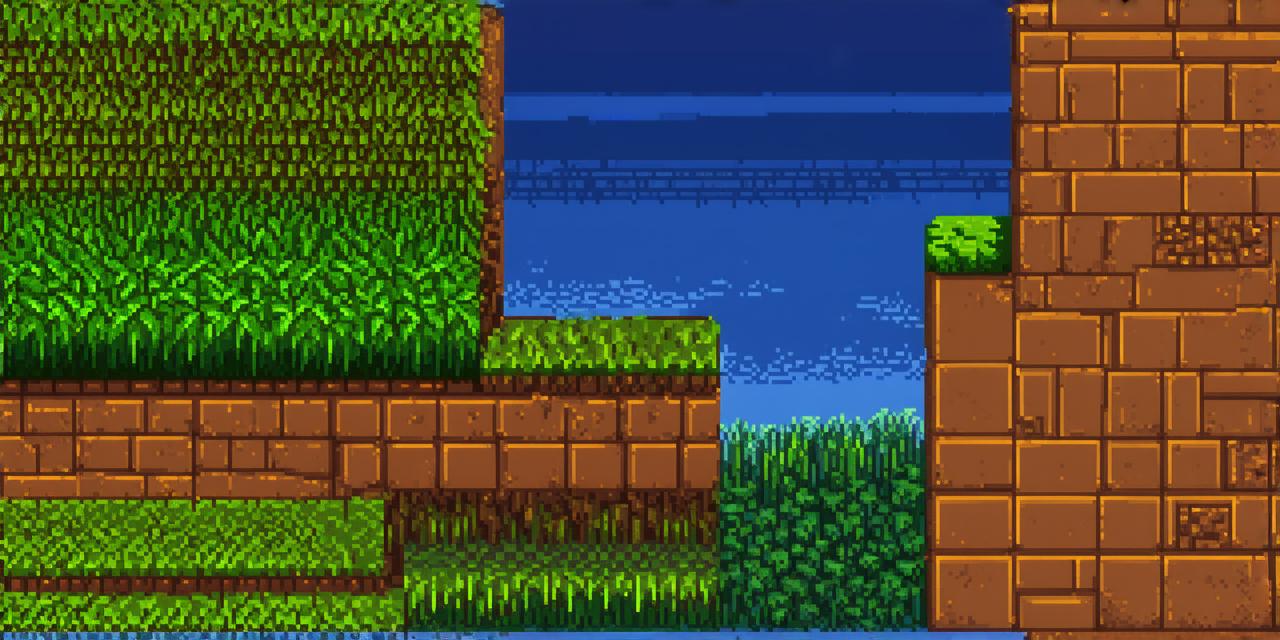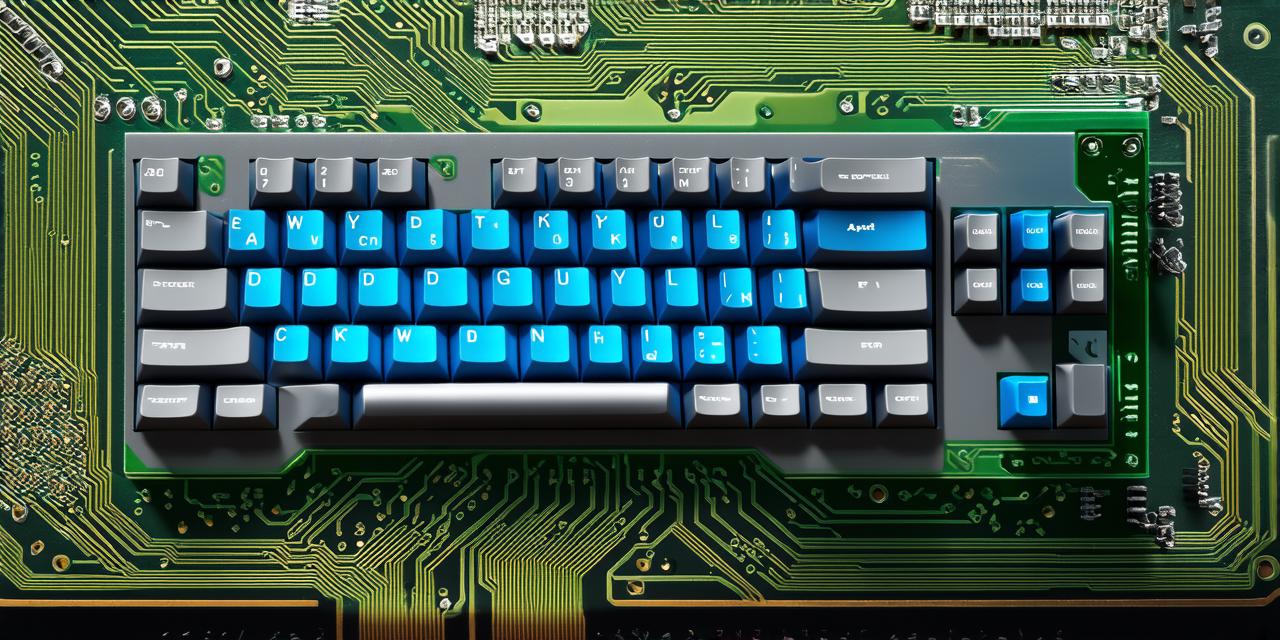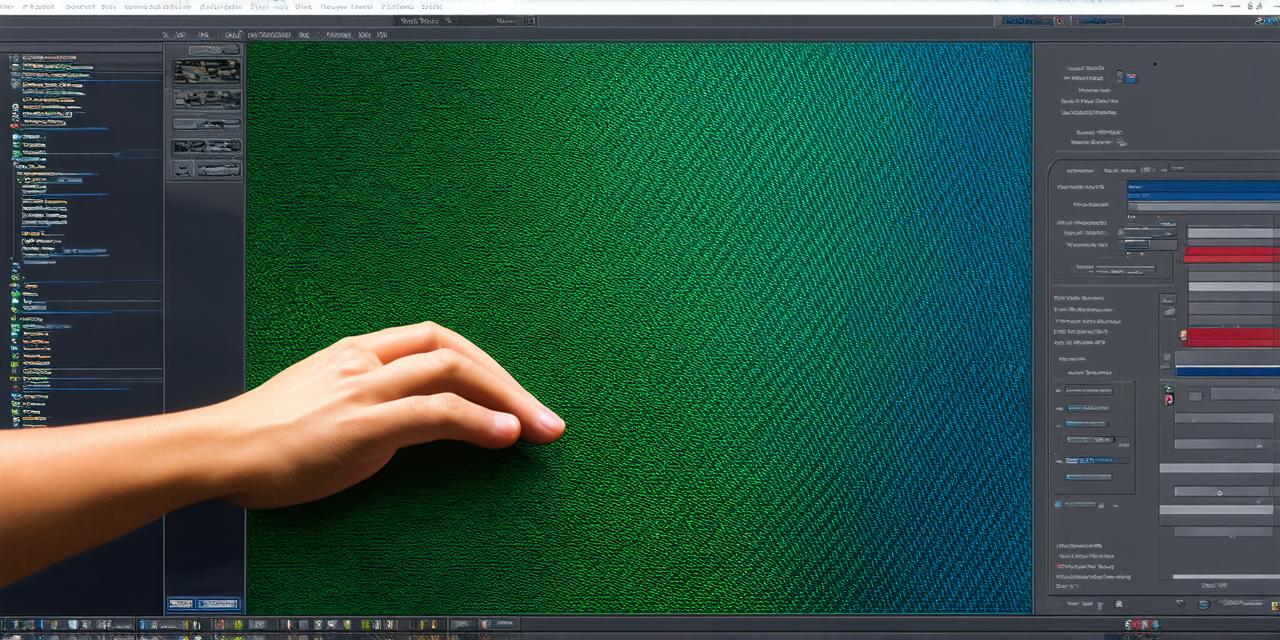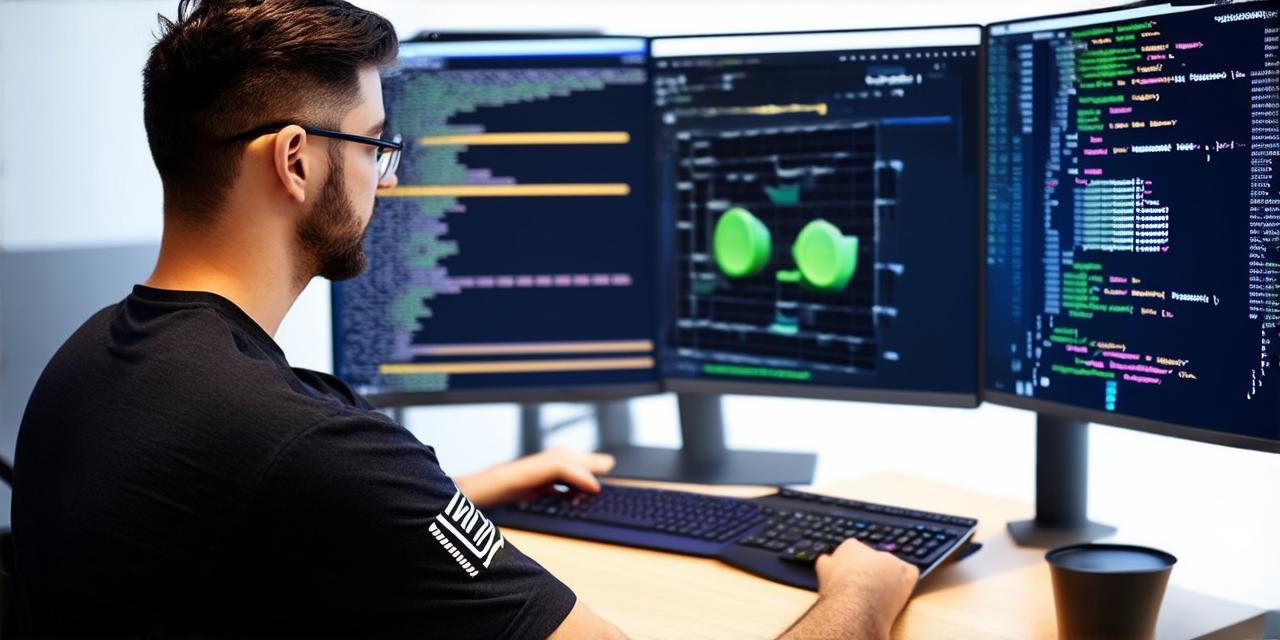Unity is a popular game engine that has gained widespread adoption due to its versatility and ease of use. While Unity is primarily known for its support of 3D game development, it also offers robust tools for creating 2D games. In this article, we will explore the features and capabilities of Unity in 2D game development and determine whether it is suitable for creating 2D games.
Unity’s Support for 2D Game Development
Unity provides a range of rendering options for 2D games, including sprite rendering, tile-based rendering, and 2D physics. Sprite rendering is the most commonly used method, which allows you to render individual images as sprites. Tile-based rendering, on the other hand, uses textures to render multiple sprites at once, making it ideal for creating games with large numbers of objects.
2D Physics
Unity offers a range of 2D physics options, including rigidbody and box collider components. These tools allow you to create realistic physics behavior in your 2D games, such as gravity, bouncing off walls, and collision detection. Additionally, Unity’s built-in support for animation makes it easy to add movement and other animations to your game objects.
Asset Store
Unity has a large and active community of developers who create and share assets for 2D games. The asset store offers a wide range of tools, including character controllers, particle effects, and sound effects, that can be easily integrated into your game. This makes it easy to quickly prototype and develop 2D games using Unity.
Integration with Other Tools
Unity integrates well with other tools commonly used in 2D game development, such as Photoshop, Illustrator, and Blender. This allows you to easily create assets for your game and import them into Unity without the need for extensive conversion or exporting.
Is Unity Suitable for 2D Game Development?

In conclusion, Unity is a versatile and powerful tool for creating 2D games. Its support for 2D rendering, physics, animation, and integration with other tools make it a suitable choice for both beginner and experienced developers. While Unity’s primary focus is on 3D game development, its robust features for 2D game development make it a viable option for creating high-quality 2D games.




